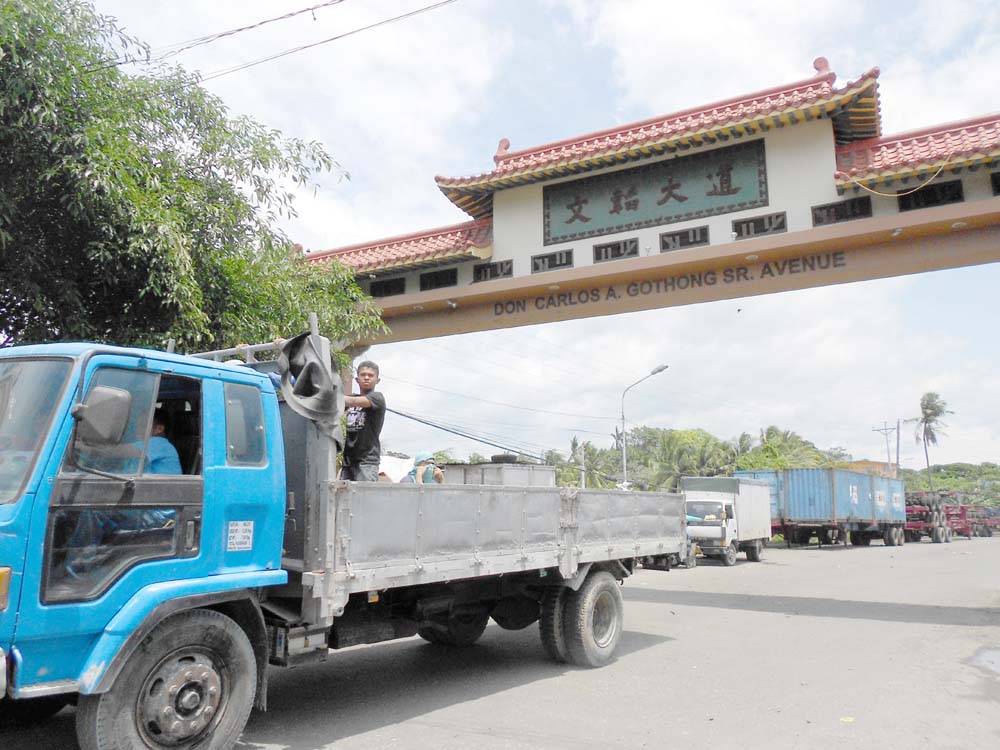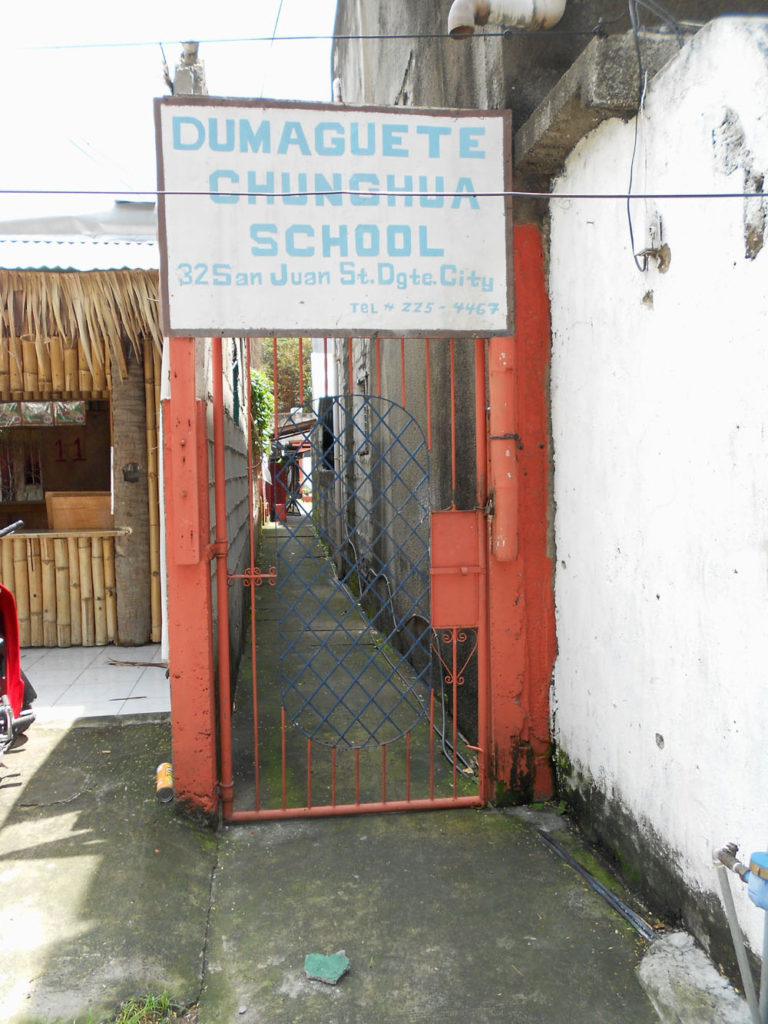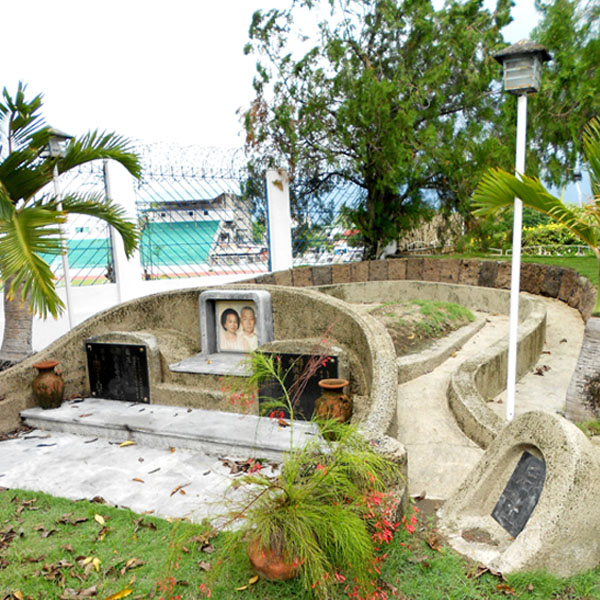First published in Tulay Fortnightly, Chinese-Filipino Digest
September 6-19, 2016, vol. 29, no. 7 issue

The story of the Uy Matiao family is an example of how the Chinese entrepreneurs who settled in the island of Negros have diversified their activities.
Uy Eng, a native of Fujian and the founder of this family, arrived in Dumaguete around 1880 and started out as a merchant. As restrictive laws did not allow the Chinese to buy land, the latter went into the commerce of agricultural products such as sugar (muscovado), cereals, mango and also some hardware products.
Uy Eng exported abaca, kapok (raw cotton) and cowhide. In time, he set up rice and corn mills. In the 1930s, his son Uy Matiao diversified the family’s commercial activities to road transportation: the Matiao Transportation owned 30 buses serving the cities of Dumaguete and San Carlos. He later invested in the shipping business (Maayo Shipping Inc.), with two vessels navigating between Dumaguete and Cebu, and to some ports of Mindanao.
One part of the family’s business activities is centered around Locsin Street, at the heart of the city, where the family property is located.

Alongside this economic expansion, Uy Matiao concerned himself with the structuring of Chinese institutions in Dumaguete. He was involved in the creation of the Dumaguete Chinese Chamber of Commerce in 1926, as well as the Dumaguete Chinese School in 1928.
Today, after the Chunghua School closed down in 2014 due to low enrollment, the Holy Cross High School remains the only Chinese school in town. The Sisters of the Congregation of St. Therese of the Child Jesus from Taiwan ran it until the year 2000.
Since the 2014 school year, the Lorenzo Ruiz Mission Society manages the school. There are six instructors teaching Mandarin who are from Dumaguete and were trained in China.
In addition to two Chinese churches, there is a temple in the city, situated in its southern part in Candayong: the Bell Church was built facing the sea. It is also a monastery run by Buddhist monks (they have established another monastery in Baguio as well).

There is a Chinese cemetery in Daro Balono and a new one is in the works, the San Antonio Memorial Park, in the town of Sibulan.
The local Chinese population resulted from the mix of Chinese-Filipino populations moving between the different islands of the Visayas and Mindanao, which proves how dynamic the network of familial and economic ties and understanding is in that part of the Philippines. There are, however, new migrants in the city, who have shops (particularly on Locsin street) specializing in products for mobile phones.
The construction of a pailou or Chinese arch behind the Dumaguete port shows the importance of shipping in the development of the city’s economic activity. This arch was a gift from businessman Carlos A. Gothong, owner of Gothong Shipping Line.
Although the pailou was designed in Dumaguete, the choice of the inscription came from Hong Kong. It is one of the largest arches of its kind, measuring 20 meters, with a height of 6.5 meters. The avenue where it stands was renamed Carlos A. Gothong.
The city of Dumaguete recognizes this arch initiative as an added tourist attraction. In contrast to other cities like Manila, Quezon and Davao, where the arches mark the entrance to the so-called “Chinatown” area and were done in cooperation with the Chinese Embassy as part of twinning cities agreements in mainland China, the Dumaguete City Hall authorities and the Chinese Filipinos of Dumaguete are proud that their arch is not a political project but stands as a local initiative to beautify the city.
